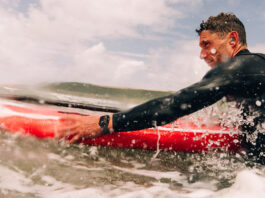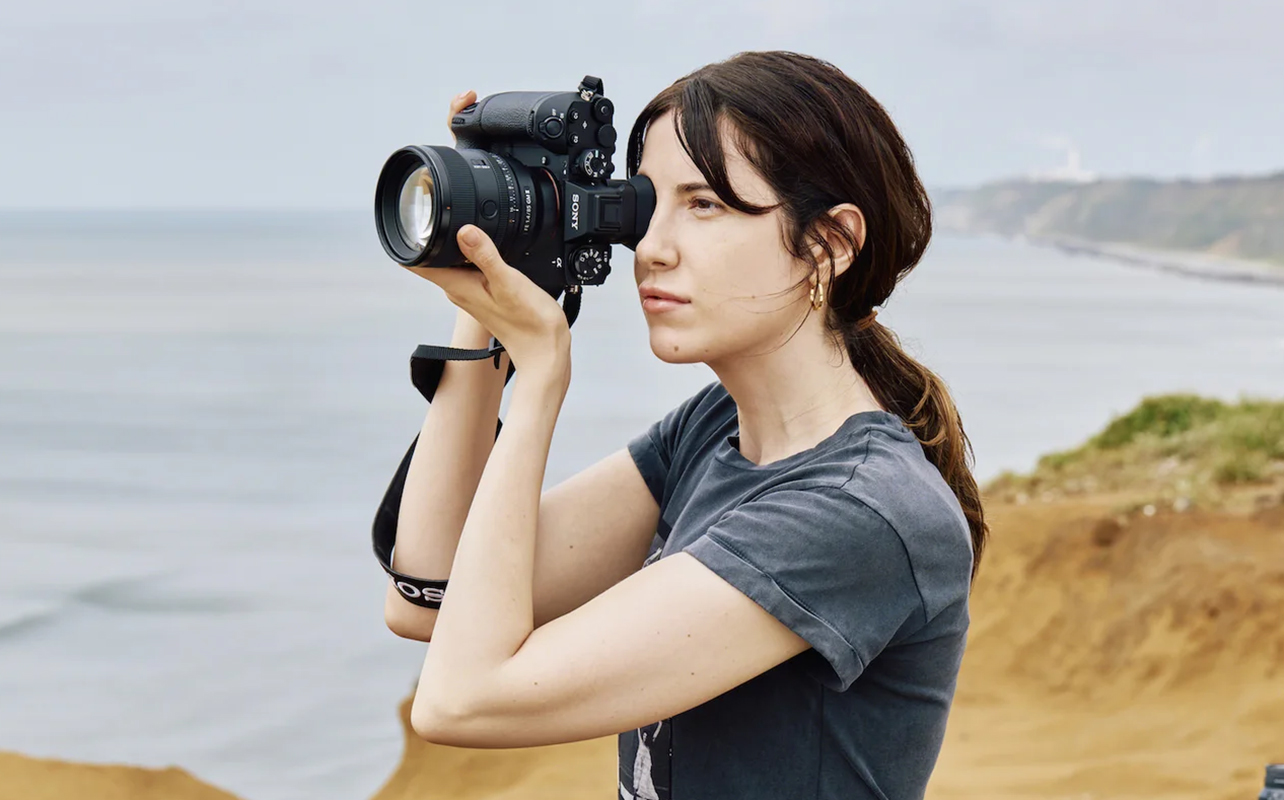
Sony now has a sequel to its most premium camera by releasing the Alpha 1 II, a top-class model with a newer body and advanced features. The Alpha 1 II takes a lot of inspiration from recent Sony cameras and adds a few tweaks to make it a distinct part of the company’s lineup.
Aimed at professionals and serious amateurs, the Alpha 1 II sheds some size and weight to make it easier to hold. Some functional changes also impact how you capture photos and video.
How the Alpha 1 II differs from the Alpha 1
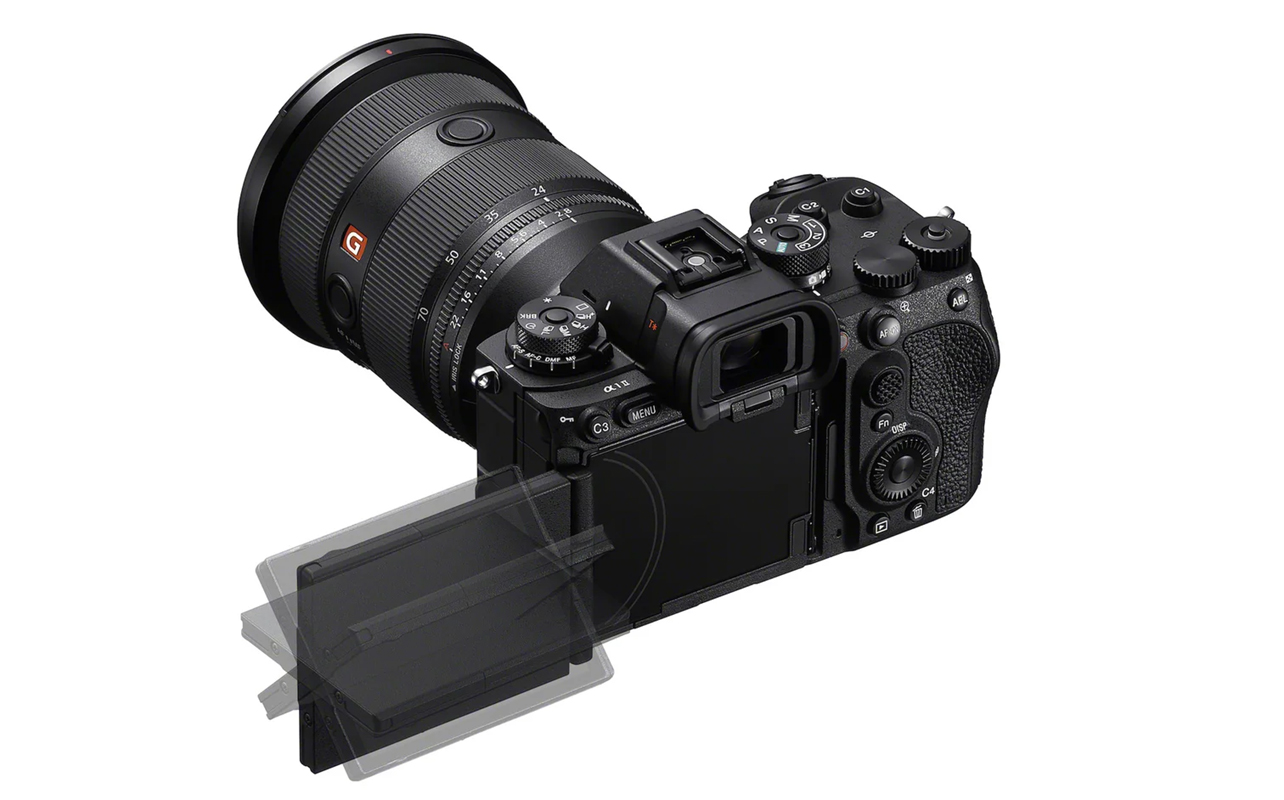
Let’s get the differences between the Alpha 1 II and its predecessor out of the way first. Starting with the body, the Alpha 1 II is largely based on the Sony A9 III. That means a chiseled body with a deeper grip and slight change in button arrangement mirroring the A9 III. It also lightens the load for the body to help it feel less heavy than the previous model was.
A major change this time around also lies in the slightly larger articulating 3.2-inch rear LCD screen. That’s a big deal for angling photos from different perspectives or framing yourself for selfies and video, finally putting Sony in line with competitors. Meanwhile, the electronic viewfinder (EVF) is the same resolution but now gets a faster refresh rate, so everything should look smoother when peering through it. Whether you see it through the screen or EVF, Sony’s newer menu system also migrates over, doing away with the one that so many of its past mirrorless cameras offer.
New AI Autofocus
Another major shift comes in AI Autofocus. Sony’s human and animal eye recognition is already impressive but now it gets smart. The company claims it should be 30% better than the A1, with bird eye recognition as much as 50% better. That actually refers to most animals since Sony also merged the Animal and Bird modes together, so you can stick with it if you’re capturing a bird and then a deer, for instance. The Alpha 1 forced you to manually switch between them in the menu first.
Sony is also adding Insect and Vehicle subject detection modes. More importantly, however, the Alpha 1 II will be smart enough to know the difference between a human and animal and switch modes for you automatically. The more precise autofocus points introduced in the A9 III are now available here, adding to the whole experience.
Photography and video features
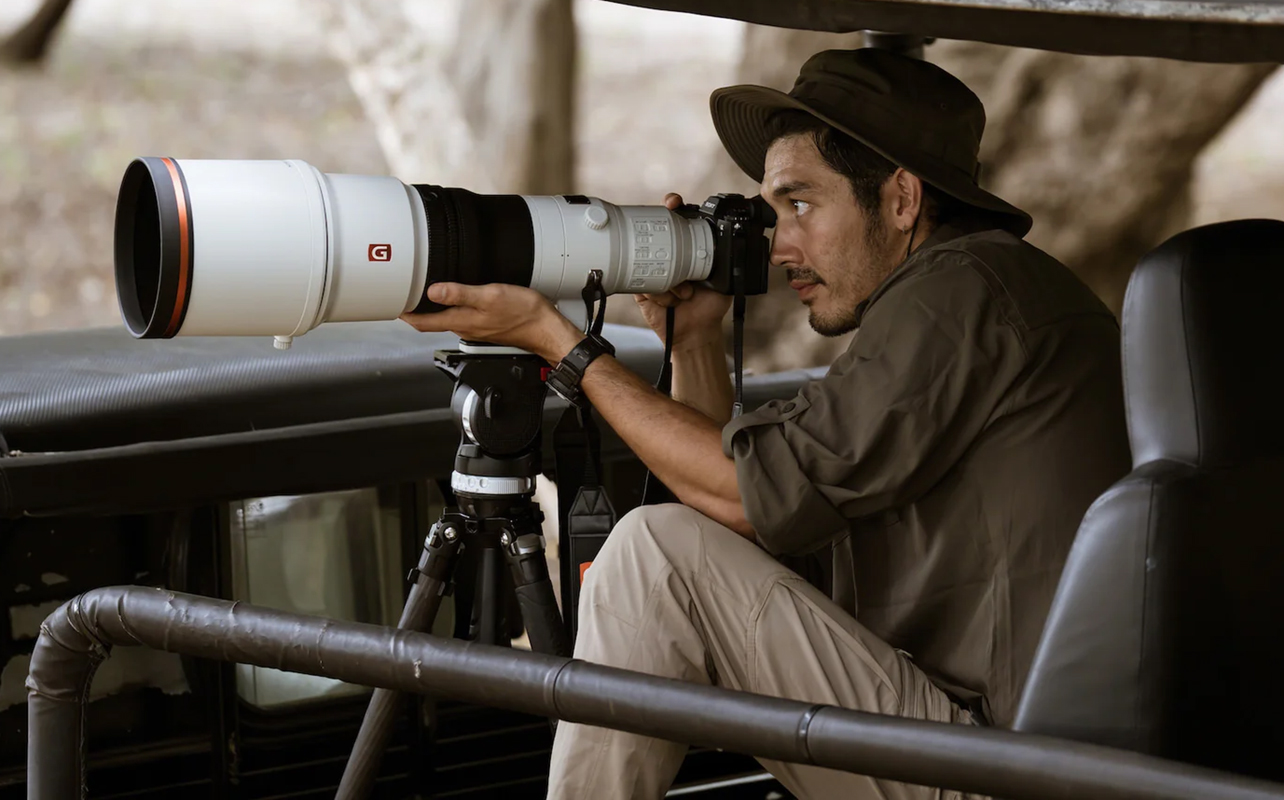
This camera uses the same 50.1-megapixel Exmor RS stacked CMOS image sensor and Bionz XR image processor from the A1. Don’t expect an improvement in general image quality because of that. Many of the other capture features also remain the same. For example, burst shooting sticks to 30fps (with electronic shutter), so you won’t be getting the boost seen in the faster A9 III. For RAW photos, burst drops to 20fps, though it drops further when you use the menchanical shutter.
Sony did add a key tweak to that in the form of Pre-Capture and Speed Boost. They basically buffer a burst by capturing up to 30 frames when pressing the shutter halfway, going into full burst when fully pressing it. The idea is to capture a fleeting or quick action in the nick of time. It’s something new to the A1 II and perhaps very useful in sports or wildlife settings.
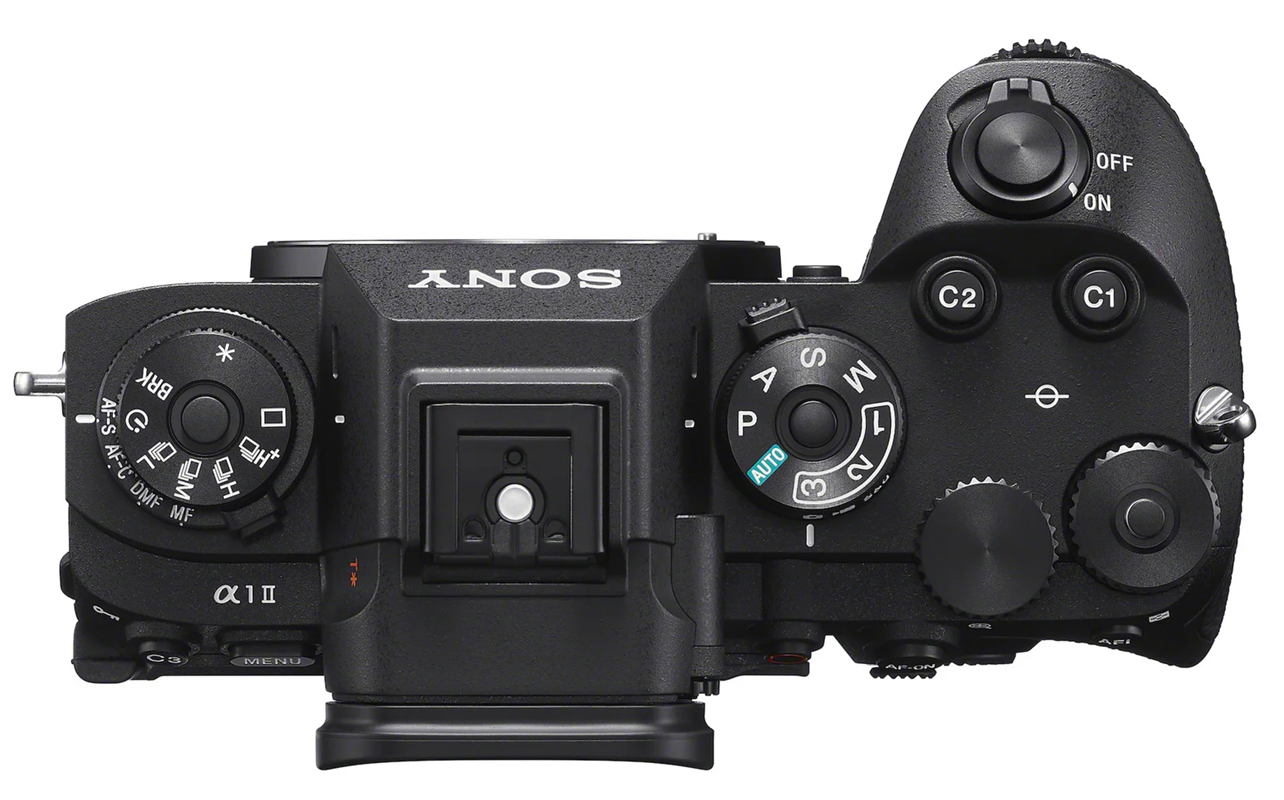
If you plan to shoot a lot handheld, you may like the increase to 8.5 stops of in-body image stabilization. While not a huge change over the 5.5 stops in the A1, every little bit helps, especially when trying to capture movement.
For video, not much changes. AI Autofocus also applies to video, and for the vloggers, Auto Framing enters the fray here too, though it does it with a crop factor. You can import LUTs to record footage with the colour reproduction you like right out of the camera. The A1 II records in 8K at 30fps, 4K at 60fps and 4K at 120fps. There’s 4:2:2 10-bit letterbox recording, plus new 1/48 and 1/96 shutter speeds on top of that.
Memory and battery
The camera has the same two CFExpress A card slots that also double as SD UHS-II slots. These all remain unchanged and offer no boost in buffering speed. It also takes the same NP-FZ100 battery as its predecessor, so there’s no real difference in how many photos or video you can manage per charge.
Coming soon
The Sony Alpha 1 II is coming to Best Buy where you’ll be able to pre-order it before it becomes available. Check out all the other Sony mirrorless cameras available now.







